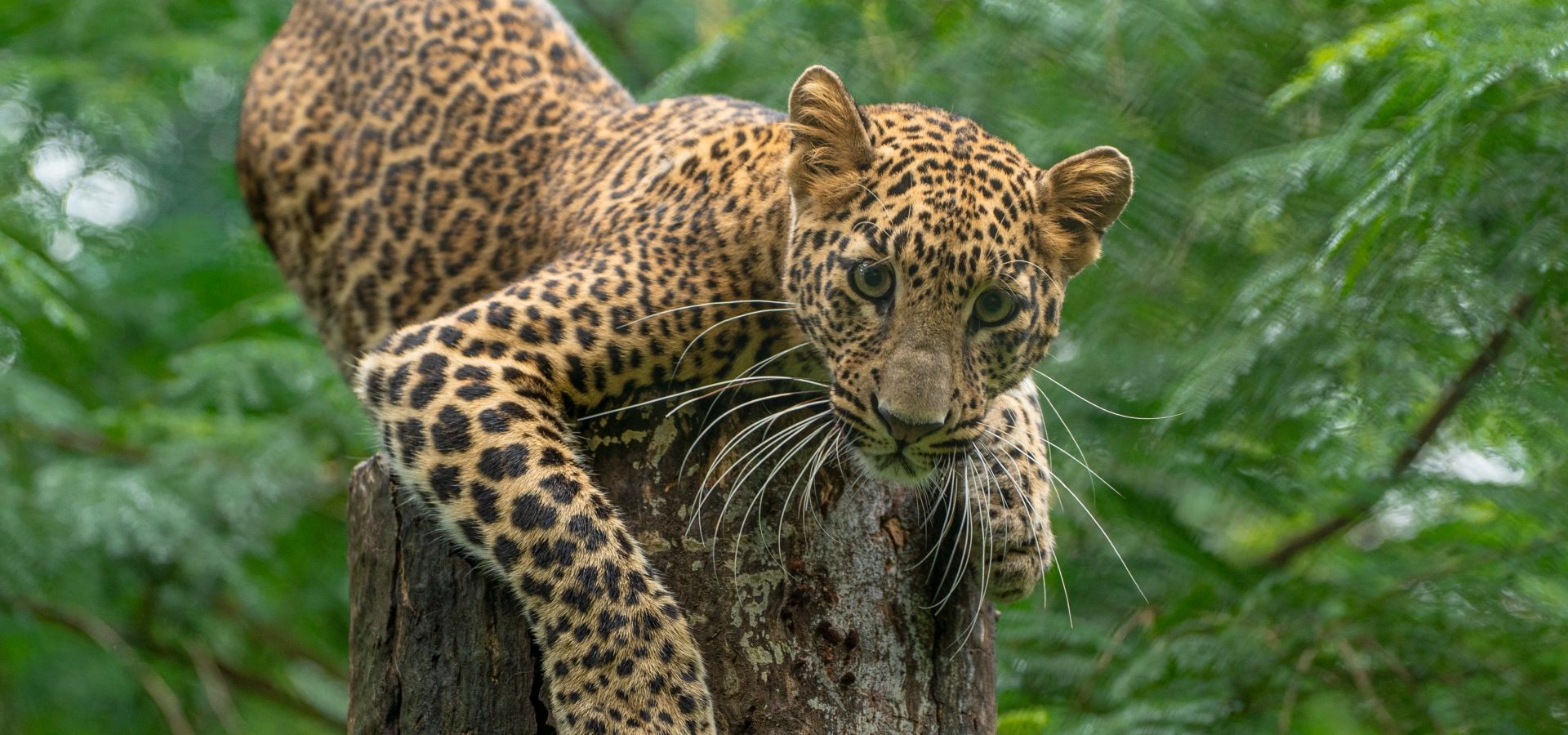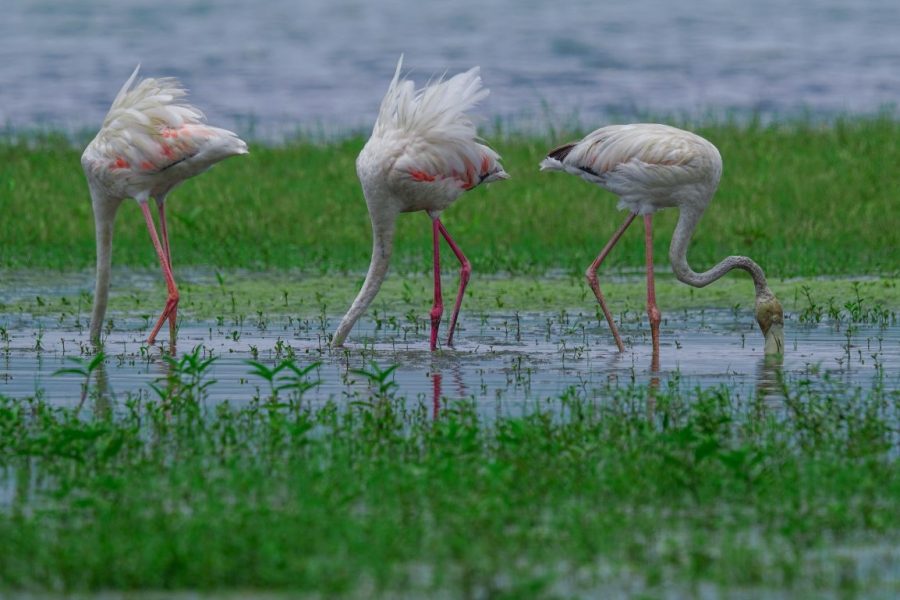In the wild, leopards exhibit certain behavioural characteristics that can range from territorial marking to sitting atop tall trees for a panoramic view. One way to encourage these behaviours for leopards under long-term care is through enrichments. Enrichments for animal welfare are elements that are designed to enhance the psychological and physiological health of animals. They provide opportunities that prompt animals to initiate and sustain their natural behaviours.

Leopards in India are rescued from human-animal conflict and open wells or are found as lost or orphaned cubs, and their unfortunate conditions sometimes make their release back into the wild dangerous to their survival. Such leopards are rehabilitated at Wildlife SOS’s Manikdoh Leopard Rescue Centre (MLRC), where enrichments form as crucial a part in their welfare as good nutrition and veterinary care does. They help to recreate an environment for the big cats that closely resembles the wild, so that their inborn instincts are allowed to thrive. Our team at MLRC creates innovative enrichments that motivate the felines to exercise their inherent traits and skills while engaging with them.
Let’s take a look at 5 enrichments that have been carefully set in place for rescued leopards at our rehabilitation centre.
1. Lush Vegetation
Leopards have a tendency and ability to hide in plain sight, which makes the environmental surroundings a crucial aspect for their care. Staying camouflaged is one of the most important characteristics that defines this species, and satisfies their psychological needs as well. Providing extensive vegetation allows them to blend in and feed their secretive and elusive behaviour. At MLRC, the day enclosures for leopards abound with a rich species of flora, including different varieties of trees, shrubs, bushes and bamboo. Ample vegetation allows the leopards to fulfillingly practise their flair to conceal themselves. In fact, our staff photographers often find it baffling when they cannot locate a leopard, despite scanning the enclosures with their eyes (and lenses)! Veer and Sanjay, both rescued from conflict situations, are two that skillfully stump the camera holders each time they attempt to get a clear shot.

2. Platforms
Leopards are known for their preference for elevated positions. Among the big cat species, leopards have an exceptional aptitude to climb tall trees, using high branches as vantage points to scan the surroundings, monitor prey and get some rest. To stimulate the natural behaviour of rehabilitated leopards, all the day enclosures at MLRC are equipped with raised and hanging wooden platforms inside them. The leopards mount them with finesse to spend hours grooming themselves or catching a nap. Ganesh, rescued from a human-wildlife conflict that left him blind in both eyes, too has a wooden platform thoughtfully placed at a suitable height for him to climb on to rest or partake in grooming activities or sunbathing.
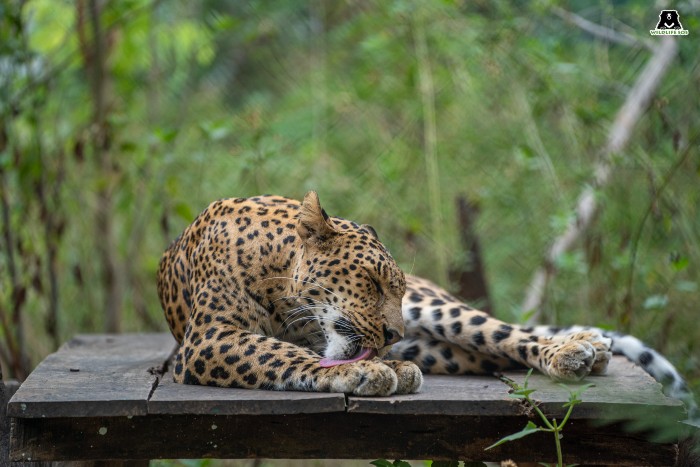
3. Wooden Logs
In the wild, leopards mark their territory either by rubbing their faces or necks on vegetation or by scratching tree trunks. While doing so, they leave their scent through glands present on their cheeks and right below their nails. Scratching wood is a form of also indicating their territory visually. Hence to engage the leopards physically, they are provided with vertically placed wooden logs in their day enclosure. This gives them space to exhibit natural behaviour of territorial marking. Wooden log enrichments are effective in satisfying the physical and mental needs of rescued leopards, helping them mimic natural behaviour.
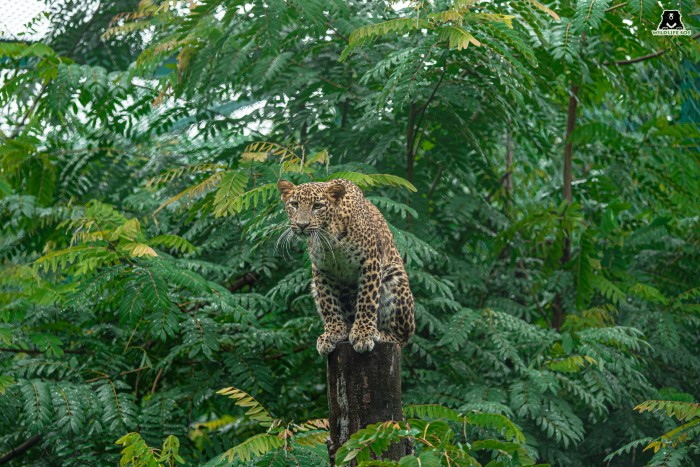
4. Tunnel Structures
Leopards are skilled ambush predators. They are capable of covering up to 20 feet in a single bound to catch their prey by surprise! When hunting, they use a combination of stalking and crawling movements to approach their prey, during which they keep themselves well concealed. At MLRC, the day enclosures include tunnel-like structures made of cement pipes through which leopards move stealthily, reactivating their natural and instinctive behaviour.
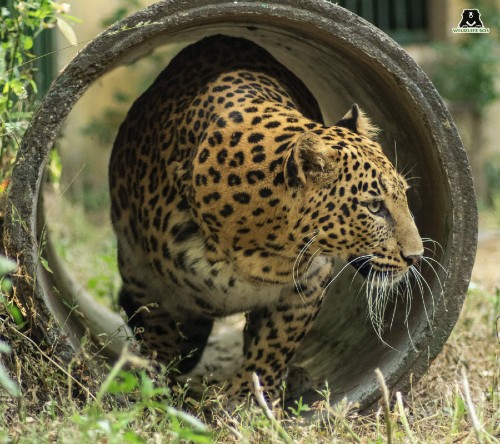
5. Food-Based Enrichments
Enrichments involving food are another way of presenting dietary elements to the big cat. By manipulating the method of accessing food, the leopard is pushed to exercise its mind and body to acquire the tempting treats within the enrichments. The ultimate goal is to stimulate and sustain the appetitive and consummatory behaviours of the animal.
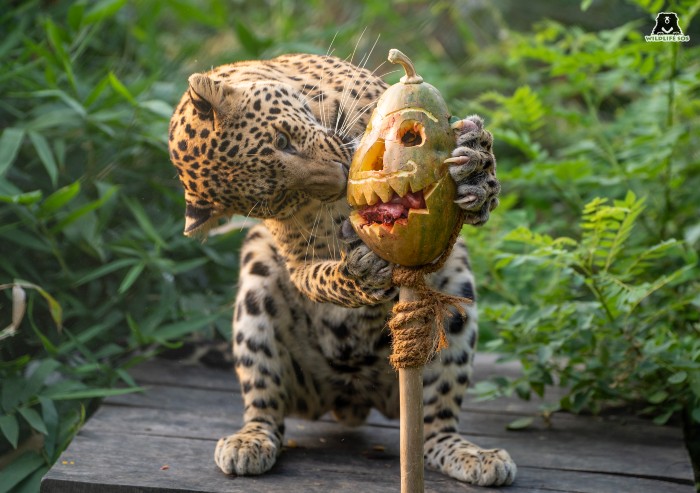
Special occasions like Easter and Halloween bring festivities to the leopard enclosures at MLRC. Our caregivers carve out pumpkins, watermelons, gourds, and even cardboard boxes to resemble bunnies or scary faces. These themed enrichments, filled with food inside them, are hung or placed strategically at a height. While being engrossed and entertained for hours, leopards get to exercise their bodies and minds in the pursuit of delicious treats.
Enrichments ensure a holistic development of all our resident leopards. They are suitably created and placed within large enclosures and allow the leopards opportunities to freely employ their sensory and behavioural capabilities. Enrichments are successful in keeping the big cats physically active and mentally preoccupied, unleashing their innate nature, albeit under dedicated human care.
You can assist the upkeep of our resident animals by making a donation. To know more about the mechanisms Wildlife SOS employs to engage and support natural behaviour of the animals under our care, subscribe to our newsletter!

